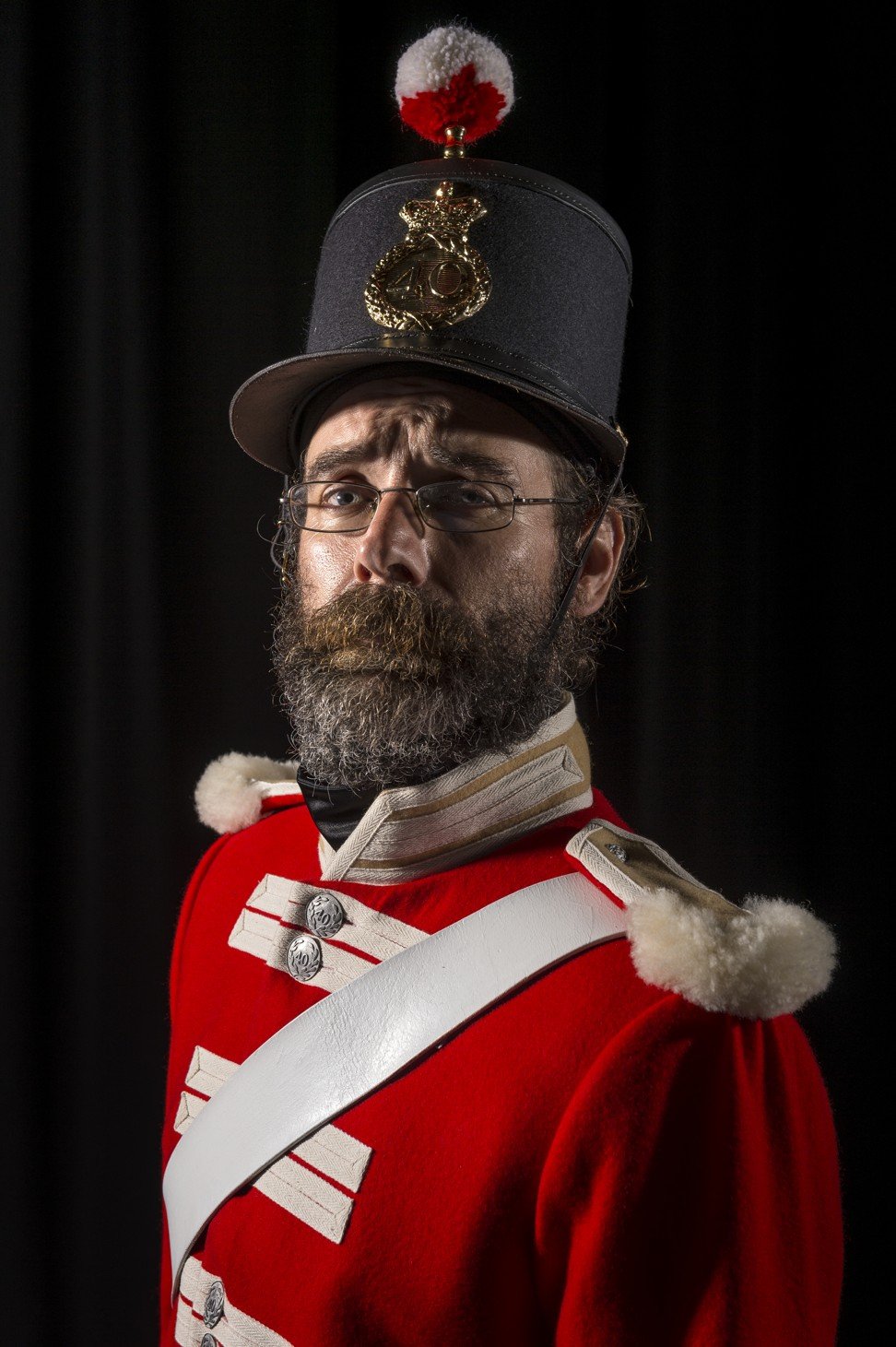
Australia artisans recreate gold rush fashions – couture gowns, corsets, crinolines and pantaloons – for living museum
Up to 100 hours of work goes into sewing each replica of a costume worn in the gold-mining town of Ballarat in the mid-19th century at the Sovereign Hill open-air museum – a draw for tourists from China, Hong Kong and elsewhere
Deep in rural Australia, around a two-hour drive from the city of Melbourne, a small team of artisans produce fabulously ornate, couture-level gowns, made with the same meticulous attention to detail as at the renowned maisons of Paris.
The difference is that the sumptuous frocks created by costume manager Erin Santamaria and her two colleagues are not intended to be worn for partying. The dresses are exact replicas of the mid-19th century clothing favoured by wealthy women in the gold-mining town of Ballarat; up to 100 hours of work goes into each and every piece, ensuring that the corsets, pantaloons, chemises and crinolines are all precise, couture-quality replicas.

More durable versions are produced for the teams of crinoline-dress-clad women who patrol the streets of Sovereign Hill, an open-air museum that aims to replicate the clothing, buildings, and atmosphere of the 1850s, when the gold rush was at its height.
Other staff dress in the period-piece clothing of soldiers, shopkeepers, bartenders, waitresses, farriers, bakers and, of course, miners. In total there are 120 different styles, with the more popular items produced in bulk at local factories.

“We are making historical fashion,” says Santamaria, who has worked, and studied, in Paris and London, and now applies her high-grade skills at Sovereign Hill, where Hong Kong and China visitors account for some 70,000 of the annual 750,000 visitors.
“I always liken it to a wedding dress, with the amount of time we spend fitting and sewing and embellishing. The research is time consuming. We come at it from a couple of angles, looking at the fashion plates from the time and the popular styles in the fashion journals of the time, then we would be looking at museum collections here in Australia or overseas.


Chinese are rather less interested in snapping the costumes worn by their compatriots during the gold rush days, no doubt partly because it is a reminder that Chinese were at the very bottom of the ladder, doing the dirty and dangerous work. Initially, Chinese wore traditional costumes, before adopting the Australian miner’s garb of trousers and shirt, retaining only their fancy Chinese-style skull caps and pigtails.

The Chinese lived in tents and huts on the fringes of the main gold-town settlement which, during its heyday, had restaurants, bars, bakeries and dress shops, with the higher-end boutiques catering to women whose husbands had made their fortunes from gold mining.
The finish of the Sovereign Hill replicas is so high that they have been shown at fashion events and museums in Melbourne and elsewhere.
Santamaria speculates such fashion exhibitions – both historical and contemporary – are so popular worldwide because most people are now unfamiliar with the process of clothes making.
She says: “Traditional dressmaking and high-end couture techniques and tailoring and methodologies, all those skills happen in pockets around the world, but they are not part of our everyday experience any more; most people wear mass-produced clothing, jeans and T-shirts.

“The women at Sovereign Hill wanted to display their wealth and wore high fashion and the big crinolines. The crinoline cage was embraced quickly; before that, to get the shape, everyone was wearing layers and layers of petticoats. The cage made it easier to dress and get around.”

Detailed research was also carried out by Santamaria and her team into the kind of uniforms that would have been worn by British troops stationed there. To ensure verisimilitude, they even considered how much the bright red fabric would have been bleached and faded by the relentless Australia summer sun.
“With one regiment, the soldiers, officers and the drummer all had different uniforms. With the drummer uniform there is not a physical example but we had a front view but no back view, only a written description. We used a bit of educated guesswork, looking at similar styles. It is a bit like being a forensic scientist identifying all the colour and detail and buttons,” she says.

“People are always shocked at how small our team is and are astounded that this is happening here in their own backyard. I love it and working here has provided a great opportunity and having had that international experience has helped.”

One intriguing fact emerged during the extended dig into the archives for information on the voluminous Victorian-era dresses. If the massed layers of material caught fire, there was a real risk of becoming a fashion victim – literally. It was difficult for the wearer to douse the flames, and almost impossible for similarly clad friends to lend assistance.
“There was a large fire hazard,” adds Santamaria. “You have got such a well-oxygenated skirt, all underneath is hollow. In newspapers of the time there were articles about what to do in the event of fire. The advice was stop, drop and roll!”
